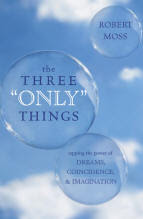James Carey is one of my favorite communication scholars. He is now the head of the esteemed Columbia School of Journalism, but he does not fear going against the grain of the Academy. He insists, and I agree, that communication is not just a mechanical transmission of message from sender to receiver, but also it is generative. Words have power, and can be used to build up, put down, unite, or leave out.
He uses the metaphor of the story in various contexts, for example, he sees journalism as storytelling. Our stories are also ourselves. We tell a story of our life in a given way until a crisis occurs (sickness, graduation, marriage, divorce, children, inheritance...), and that event renders the story useless. The old story no longer makes as much sense, and we have to figure out how to make adjustments so that it resonates properly once more. This process happens at the level of a nation, an interest group, and of course an individual.
Yesterday's post deals with some of the characters in our story, the characters within the main character. Caroline and I exchanged some thoughts on whether the characters actually change in response to life's events, and then become new and different characters. While all characters change at some level, certainly the physical aspect changes, there has to be an unchanging essence to the person as well. Some people say that a person's essence is most clearly evident at age nine.
While we can't control all the events in our life story, we probably have more control than is often thought. We can change the way certain characters respond to events; we can make them look for the lessons to be learned, and become stronger. Think of yourself as the writer of your own story, a contributing writer of the epic, My Life, the Great Adventure.
How to Make a Vision Board
6 years ago





